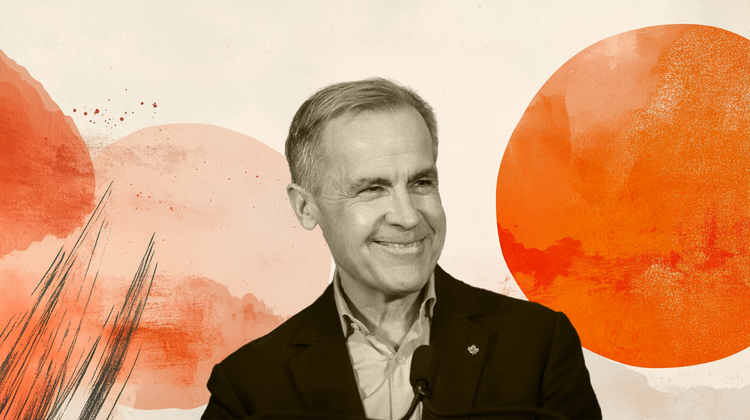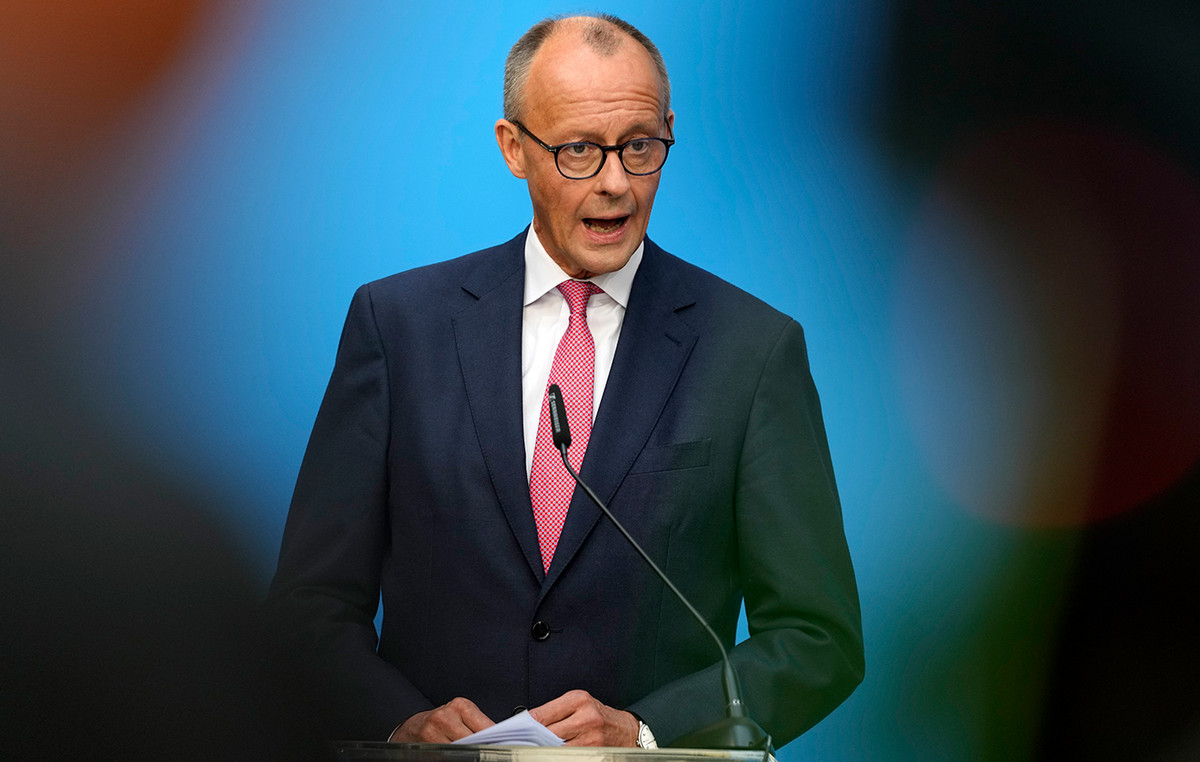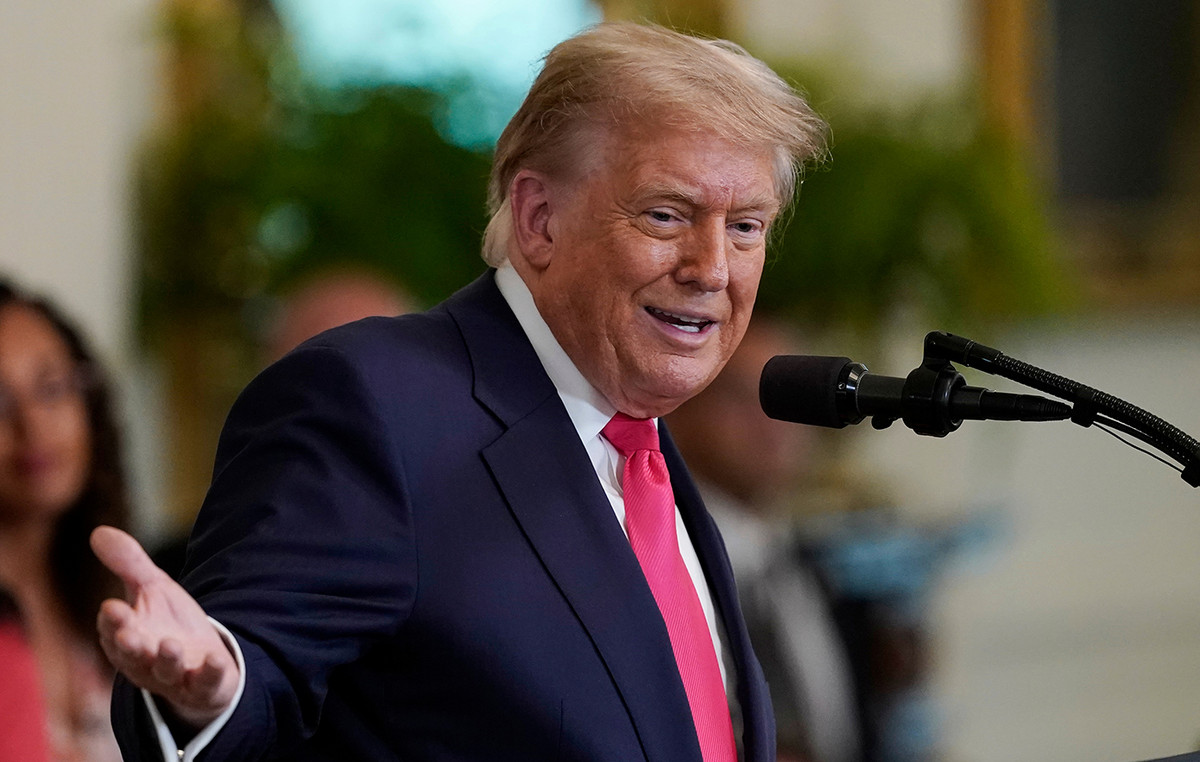Here’s what you need to know on Friday, September 20:
Investors digest the latest announcements from central banks to start the final trading day of a critical week for markets. In the second half of the day, the European Commission will publish preliminary Consumer Confidence data for September and Statistics Canada will publish Retail Sales figures for July. Ahead of the weekend, market participants will also pay close attention to comments from central bank officials.
US Dollar PRICE This week
The table below shows the percentage change of the US Dollar (USD) against the major currencies this week. The US Dollar was the weakest currency against the Australian Dollar.
| USD | EUR | GBP | JPY | CAD | AUD | NZD | CHF | |
|---|---|---|---|---|---|---|---|---|
| USD | -0.87% | -1.48% | 0.95% | -0.30% | -1.75% | -1.52% | -0.18% | |
| EUR | 0.87% | -0.68% | 1.81% | 0.53% | -0.95% | -0.67% | 0.65% | |
| GBP | 1.48% | 0.68% | 2.40% | 1.21% | -0.26% | -0.02% | 1.34% | |
| JPY | -0.95% | -1.81% | -2.40% | -1.24% | -2.62% | -2.42% | -1.19% | |
| CAD | 0.30% | -0.53% | -1.21% | 1.24% | -1.54% | -1.22% | 0.02% | |
| AUD | 1.75% | 0.95% | 0.26% | 2.62% | 1.54% | 0.25% | 1.60% | |
| NZD | 1.52% | 0.67% | 0.02% | 2.42% | 1.22% | -0.25% | 1.37% | |
| CHF | 0.18% | -0.65% | -1.34% | 1.19% | -0.02% | -1.60% | -1.37% |
The heatmap shows percentage changes of major currencies. The base currency is selected from the left column, while the quote currency is selected from the top row. For example, if you choose the US Dollar from the left column and move along the horizontal line to the Japanese Yen, the percentage change shown in the chart will represent the USD (base)/JPY (quote).
The Bank of Japan (BoJ) announced on Friday that it has maintained the short-term rate target in the range of 0.15%-0.25%, as expected. In its policy statement, the BoJ noted that it expects inflation to be at a level generally consistent with the BoJ’s price target in the second half of the 3-year projection period, through fiscal year 2026. USD/JPY It dipped slightly with the immediate reaction and was last seen trading slightly above 142.00.
Meanwhile, the People’s Bank of China (PBOC), China’s central bank, left its Loan Prime Rate (LPR) unchanged on Friday. With this decision, the one-year and five-year LPRs remained at 3.35% and 3.85%, respectively. Following Thursday’s increase, AUD/USD remains relatively quiet on Friday and consolidates its weekly gains above 0.6800.
On Thursday, the Bank of England (BoE) kept its bank rate at 5% as forecast. Early on Friday, the UK Office for National Statistics reported that Retail Sales rose 1% on a monthly basis in August. This reading followed the 0.5% increase recorded in July and beat the market expectation of 0.4%. After closing in positive territory on Thursday, GBP/USD continues to rise in the European morning and was last seen trading at its highest level since March 2022 above 1.3300.
After an attempt at recovery in the early American session on Thursday, the US Dollar Index (USD) The USD turned south and closed in deep negative territory as risk flows dominated the action in financial markets. Early on Friday, the USD Index was lower and was last seen fluctuating near 100.50. Federal Reserve Bank of Philadelphia President Patrick Harker is scheduled to give a speech later in the day.
EUR/USD gained bullish momentum in the late American session and posted gains on Thursday. The pair remains stable and trades in a narrow channel above 1.1150.
After making a technical correction, Gold gained traction and closed above $2,580 on Thursday. XAU/USD continues to rise in early trading on Friday and was last seen trading within striking distance of the all-time high it reached at $2,600 on Wednesday.
Central Banks FAQs
Central banks have a key mandate which is to ensure price stability in a country or region. Economies constantly face inflation or deflation when prices of certain goods and services fluctuate. A constant rise in the prices of the same goods means inflation, a constant fall in the prices of the same goods means deflation. It is the job of the central bank to keep demand in line by adjusting its interest rate. For larger central banks, such as the US Federal Reserve (Fed), the European Central Bank (ECB) or the Bank of England (BoE), the mandate is to keep inflation close to 2%.
A central bank has an important tool to raise or lower inflation: changing its benchmark interest rate. At pre-announced times, the central bank will issue a statement with its benchmark interest rate and give additional reasons for why it is holding or changing it (cutting or raising it). Local banks will adjust their savings and lending rates accordingly, which in turn will make it harder or easier for citizens to earn profits on their savings or for companies to borrow and invest in their businesses. When the central bank substantially raises interest rates, it is called monetary tightening. When it lowers its benchmark rate, it is called monetary easing.
A central bank is usually politically independent. Members of the central bank’s policy council go through a series of panels and hearings before being appointed to a position on the policy council. Each member of that council usually has a particular conviction about how the central bank should control inflation and the resulting monetary policy. Members who want very loose monetary policy, with low rates and cheap loans, to substantially boost the economy, while being content with inflation just above 2%, are called “doves.” Members who prefer higher rates to reward saving and want to keep inflation under control at all times are called “hawks,” and they will not rest until inflation is at or just below 2%.
Typically, there is a chairman who chairs each meeting, has to build consensus between hawks or doves, and has the final say when votes must be split to avoid a 50-50 tie on whether current policy should be tightened. The chairman will make speeches, which can often be followed live, in which he or she will communicate the current monetary stance and outlook. A central bank will try to push its monetary policy forward without causing wild swings in rates, stocks, or its currency. All central bank members will channel their stance to the markets before a monetary policy meeting. A few days before a monetary policy meeting is held and until the new policy has been communicated, members are prohibited from speaking publicly. This is called a silent period.
Source: Fx Street
I am Joshua Winder, a senior-level journalist and editor at World Stock Market. I specialize in covering news related to the stock market and economic trends. With more than 8 years of experience in this field, I have become an expert in financial reporting.







